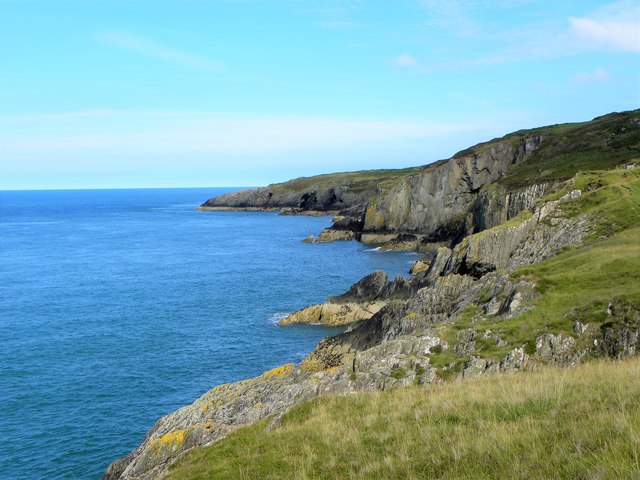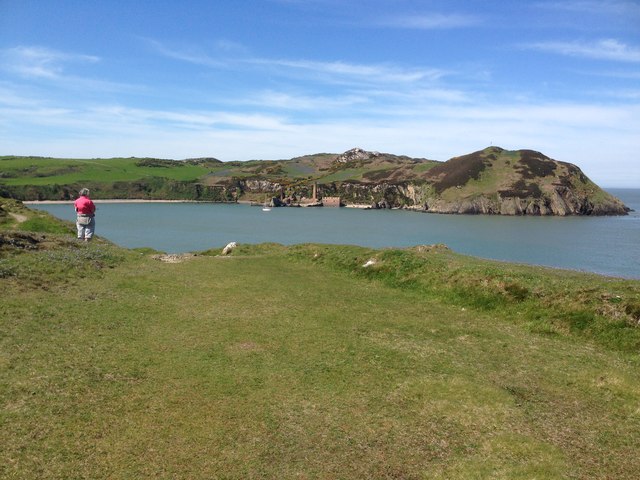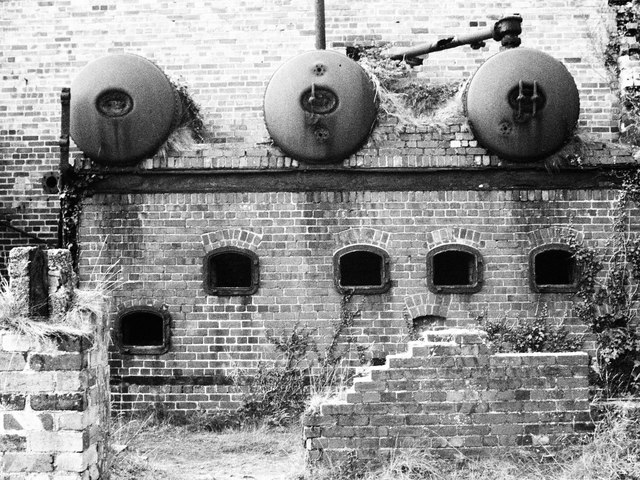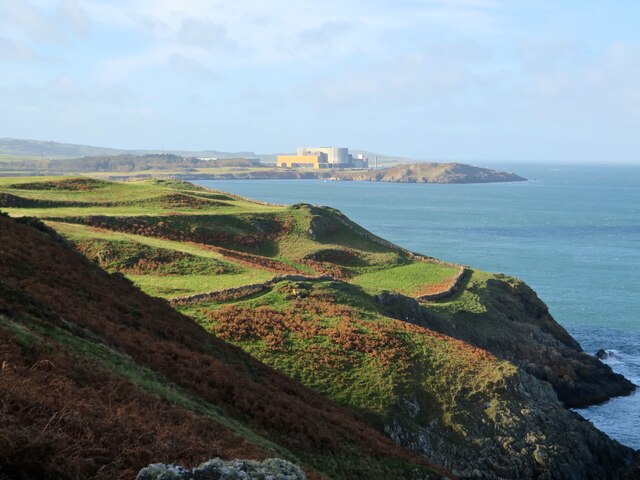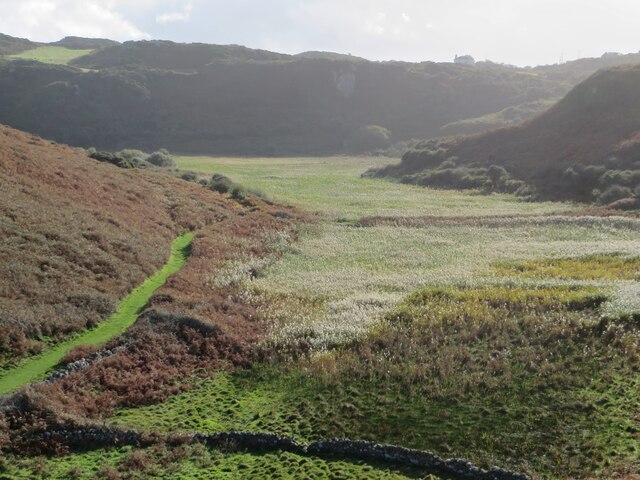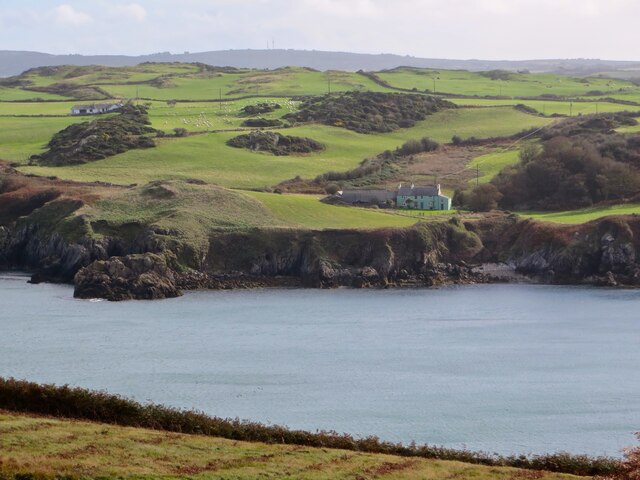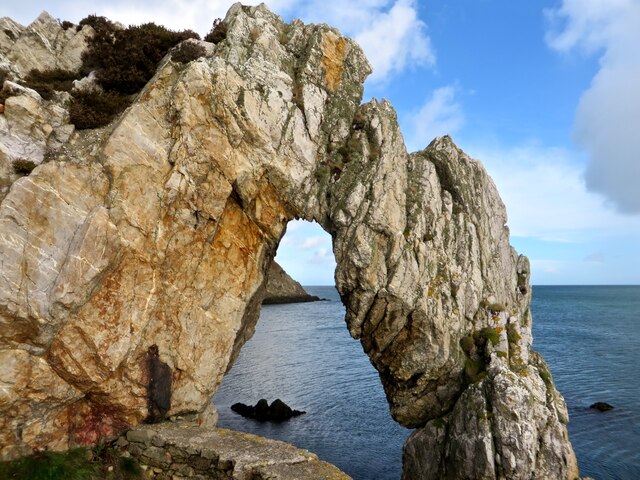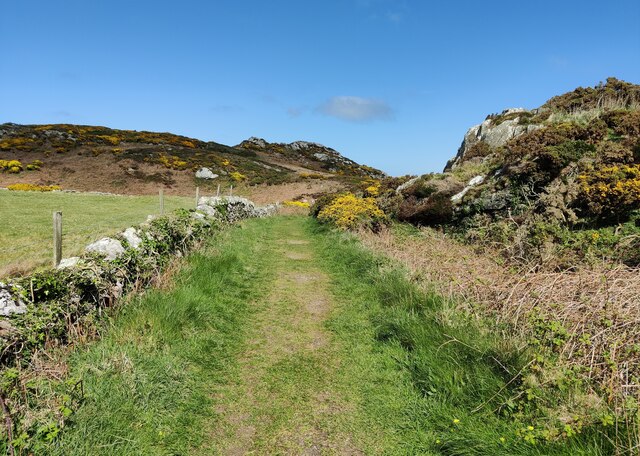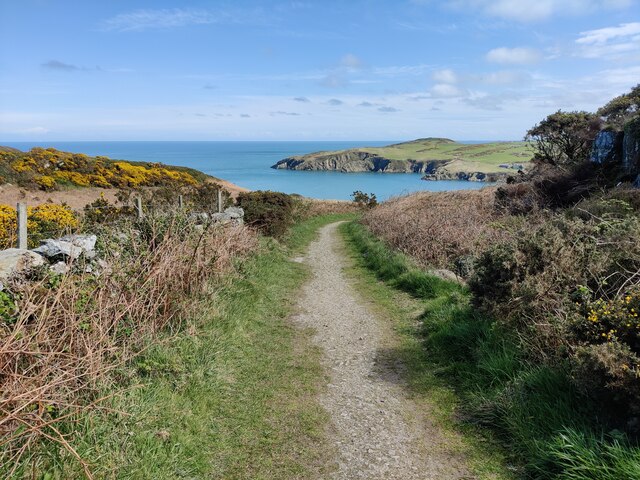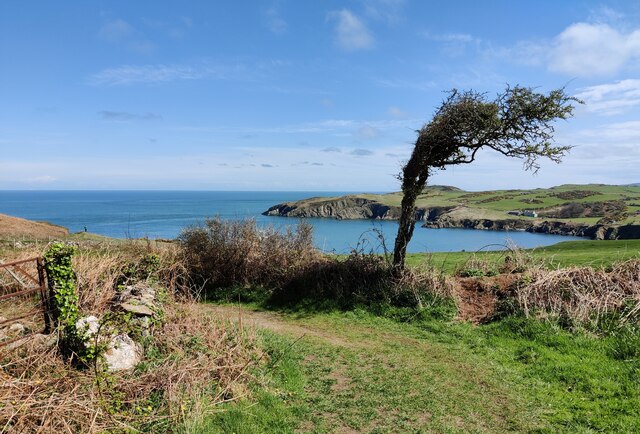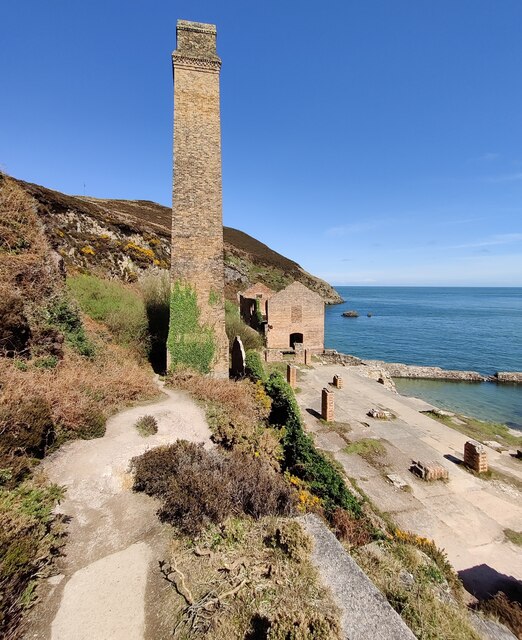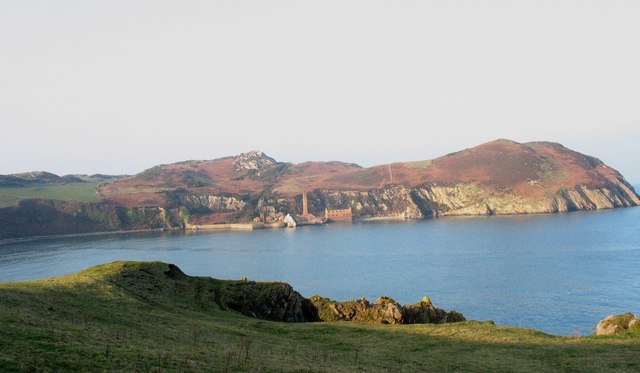Porth Adfan
Bay in Anglesey
Wales
Porth Adfan
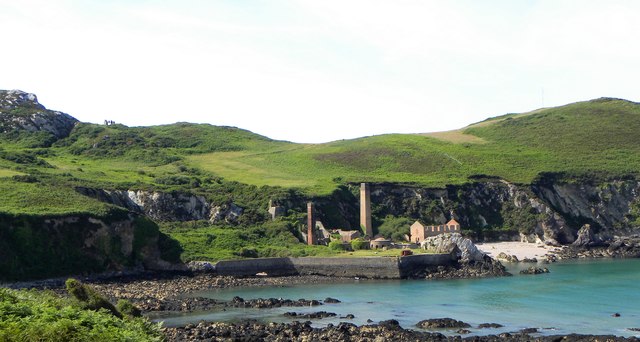
Porth Adfan, also known as Anglesey Bay, is a picturesque coastal area located on the island of Anglesey in Wales. Situated on the western coast of the island, the bay offers stunning views of the Irish Sea and is a popular destination for both locals and tourists.
The bay is characterized by its sandy beach, which stretches for approximately 1.5 miles and is framed by towering cliffs. The beach is a haven for nature enthusiasts and offers opportunities for sunbathing, swimming, and picnicking. The clear waters of the bay also attract water sports enthusiasts, with activities such as kayaking and paddleboarding being popular choices.
Porth Adfan is surrounded by a diverse range of flora and fauna, making it an ideal spot for birdwatching and wildlife spotting. The cliffs that enclose the bay provide nesting sites for various seabirds, including puffins, razorbills, and fulmars.
In addition to its natural beauty, Porth Adfan is also home to historical and cultural attractions. The nearby village of Llanfaelog features a 14th-century church, St. Maelog's Church, which is worth a visit for its architectural and historical significance.
Overall, Porth Adfan, Anglesey Bay, offers a combination of natural beauty, recreational activities, and historical attractions, making it a must-visit destination for nature lovers, beachgoers, and history enthusiasts alike.
If you have any feedback on the listing, please let us know in the comments section below.
Porth Adfan Images
Images are sourced within 2km of 53.426806/-4.4110205 or Grid Reference SH3994. Thanks to Geograph Open Source API. All images are credited.

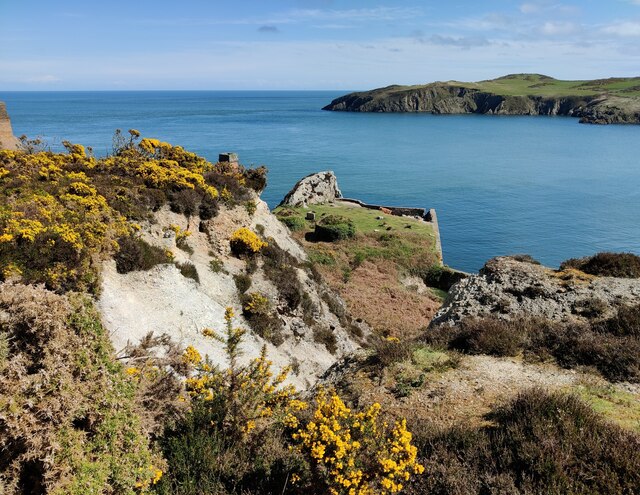
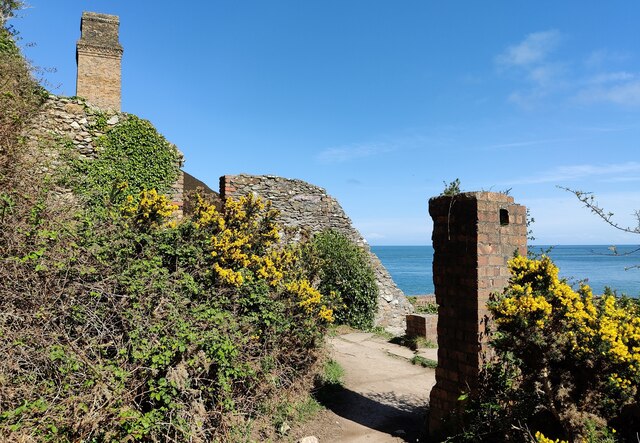
Porth Adfan is located at Grid Ref: SH3994 (Lat: 53.426806, Lng: -4.4110205)
Unitary Authority: Isle of Anglesey
Police Authority: North Wales
What 3 Words
///undertook.flickers.compliant. Near Cemaes Bay, Isle of Anglesey
Nearby Locations
Related Wikis
Torllwyn
Torllwyn is a headland in Angelsey, Wales, approximately 2.5 kilometres (1.6 mi) ENE of Porthllechog. == See also == Media related to Torllwyn at Wikimedia...
Porth Wen Brickworks
Porth Wen Brickworks first built by Charles E Tidy, is now a disused Victorian brickworks which produced fire bricks, made from quartzite (silica) used...
Llanbadrig - Dinas Gynfor
Llanbadrig - Dinas Gynfor is a Site of Special Scientific Interest (or SSSI) in Anglesey, North Wales. It has been designated as a Site of Special Scientific...
Middle Mouse
Middle Mouse (Welsh: Ynys Badrig - Patrick's island) is an uninhabited island situated 1 kilometre (1000 yards) off the north coast of Anglesey. It is...
Nearby Amenities
Located within 500m of 53.426806,-4.4110205Have you been to Porth Adfan?
Leave your review of Porth Adfan below (or comments, questions and feedback).
